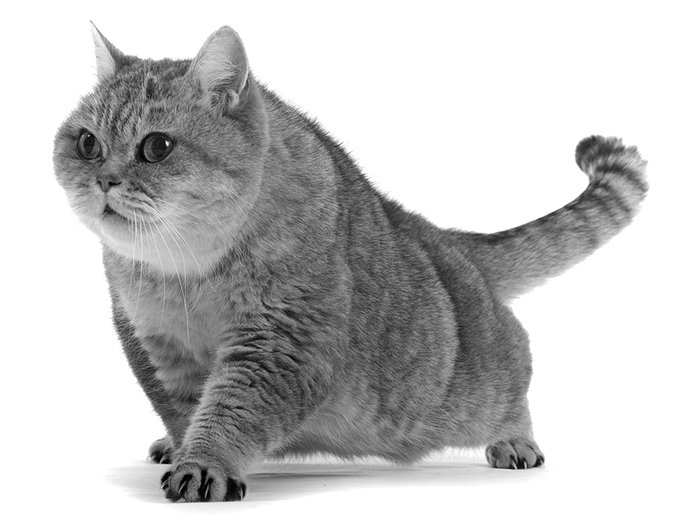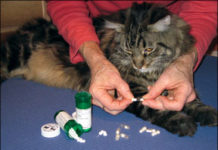Survey Finds That More Than Half of Cats Are Overweight
Obesity continues to be a problem among pets in the U.S. The latest survey from the Association for Pet Obesity Prevention (APOP) has found that 58 percent of cats are obese or overweight. The association used assessments of body condition scores and the weight of 1,224 dogs and cats undergoing wellness exams at 126 veterinary clinics on Oct. 7, 2015.
Pets were evaluated as ideal, overweight or obese. The APOP’s survey also found that 54 percent of dogs were overweight or obese. The findings were nearly the same in 2014, when the association cited a “fat pet gap,” in which another of its surveys revealed that 90 percent of owners of overweight cats and 95 percent of owners of overweight dogs incorrectly identified their pet as normal weight. “No one wants to think their pet is overweight, and overcoming denial is our first battle,” said APOP founder Ernie Ward, DVM.
Now the group has shifted focus, calling on the veterinary industry to classify pet obesity as a disease and to adopt a universal body condition scoring scale. “The American Medical Association recognized obesity as a disease. I think the time has come for the American Veterinary Medical Association to follow suit,” Dr. Ward said. “Many veterinarians will take the condition more seriously.”
© eriklam | Bigstock


Among the disorders the APOP says are associated with excess weight are Type 2 diabetes, heart and respiratory disease, osteoarthritis, high blood pressure and many forms of cancer. “Further,” the association says, “overweight and obese cats are expected to live shorter lives than their fitter, normal weight counterparts.”
Heavy cats may physically interact less with their families and are less energetic and playful. The result can be that it’s easy for us to overlook their illnesses, the APOP says, adding that we are only now learning how threatening their extra pounds can be.
Overactive Thyroid
As in the case of many diseases, early diagnosis is the key to successful treatment of hyperthyroidism. It affects nearly 10 percent of feline patients over 10 years of age, caused by an overactive thyroid gland that secretes excess thyroid hormone.
The American Association of Feline Practitioners has released the brochure “Feline Hyperthyroidism” for cat owners, describing the disease’s causes — most commonly a benign tumor, and signs, treatment and management. It’s available at www.catvets.com/cat-owners. The Cornell Feline Health Center also provides information on the disease through its informational brochures and website: www.vet.cornell.edu/FHC, keyword health topics.
Signs include increased appetite, weight loss, high blood pressure, cardiac abnormalities, vomiting and diarrhea, unkempt haircoat and increased water consumption. Many cats who are diagnosed early can be treated successfully.



